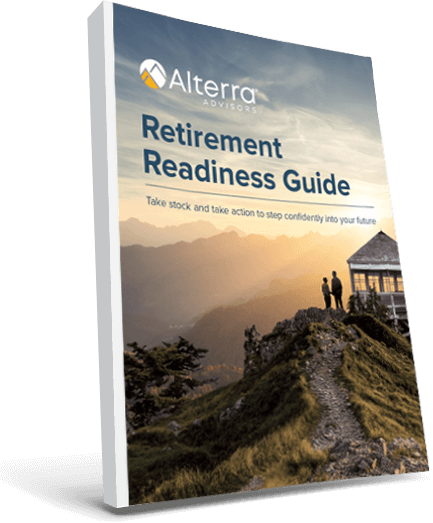When inflation or unemployment starts making headlines, news about the Federal Reserve, is soon to follow. Why? As the central bank of the United States, the Federal Reserve serves to manage inflation, one of its four primary objectives. So, what is the Federal Reserve and what’s the link to inflation?
What is the Federal Reserve?
The Federal Reserve is the central bank of the US. It was established in 1913 by the Federal Reserve Act to address the risk of banking panics and other financial crises. The Federal Reserve Act’s original goal was to “provide for the establishment of Federal Reserve banks, to furnish an elastic currency, to afford means of rediscounting commercial paper, to establish a more effective supervision of banking in the U.S., and for other purposes.”
Following events like the Great Depression of the 1930’s, Congress has expanded its powers to help manage inflation, stabilize interest rates, maximize employment, and oversee the banking system.
The Federal Reserve system is comprised of three parts:
- The Federal Open Market Committee (FOMC), which meets eight times per year. They set the federal funds rate and make decisions to influence the amount of money in circulation.
- A 7 member “board of governors” that directs monetary policy and sets the discount rate (the rate charged on central bank loans to other banks) and member bank reserve requirements.
- 12 regional Federal Reserve Banks that help implement policy and supervise commercial banks.
The Federal Reserve has four primary functions:
- Manage inflation. This function makes most of the headlines, seeking also to maximize employment and stabilize interest rates as part of this goal.
- Provide banking services to the US government and other foreign and domestic banks.
- Supervise and regulate the banking system to protect consumers.
- Maintain the stability of the financial system in times of crisis.
Let’s focus here on how the Federal Reserve’s first function of managing inflation and how it works.
How does the Federal Reserve manage inflation?
The Federal Reserve’s goal to manage inflation (sometimes called its “dual mandate”) is an effort to create a stable economic environment. It does this by enacting monetary policy that seeks to promote:
- Maximum employment, measured by a target unemployment rate of approximately 4%.
- Stable prices and moderate long-term interest rates, measured by a target inflation rate of 2%.
How does it do this? It pulls on two levers:
- Raising and lowering the federal funds rate. This is the rate the banks pay to borrow money from each other and is the bigger of the two levers. Small interest rate changes can drive big economic changes.
- Buying and selling treasury bonds. When the Federal Reserve buys bonds, it puts more cash in circulation and vice versa. This is more of a fine-tuning lever when compared to the effect of changing the federal funds rate.
If the Fed lowers the federal funds rate, loans get cheaper and promotes economic growth, which tends to reduce unemployment. They may also buy bonds, injecting more cash into the economy, which tends to lower interest rates. This is often called “expansionary” monetary policy.
If the Fed raises the federal funds rates, loans get more expensive, growth slows, and prices stay lower, reducing the impact of inflation. Or they may sell bonds, pulling cash out of the economy, which tends to increase interest rates. This is often called “contractionary” monetary policy.
How do the Federal Reserve’s actions affect you?
The Federal Reserve’s actions have been a stabilizing force in recent decades, though people disagree on what its role “should” be. If inflation or unemployment get too high, the economy can grind to a halt. In the long run, this stability is beneficial. But in the short run, interest rate changes directly affect loan rates on your next home or business acquisition.
How about your portfolio? Significant shifts in interest rates can spook the markets and drive volatility in the short run, so carefully consider when you plan to take income from your investments, especially in retirement. If you have 10 years or more to go, history says you have plenty of time to ride out ups and downs. If you’re retired, however, make sure your income and reserve buckets are large enough to get you through volatile times.
We should also consider the Federal Reserve’s role in managing major economic crises. In the early months of the Covid-19 pandemic, we wrote about Federal Reserve responses to major economic downturns in Why This Isn’t the Next Great Depression. We’ve faced some significant challenges since the Great Depression, but none have hit us as hard or for as long, largely due to Federal Reserve efforts.
In the end, the Federal Reserve’s actions are all about creating a stable economic environment and reducing the risk of Great Depression-era inflation or unemployment. And with proper planning, you can weather the short term volatility these changes can bring.
The “Alterra” name was coined by joining the Latin roots “alter”, the origin of the word “altruism” with “terra” meaning earth or land. This name reflects the company philosophy of “clients before profits” and providing firmly grounded advice.


